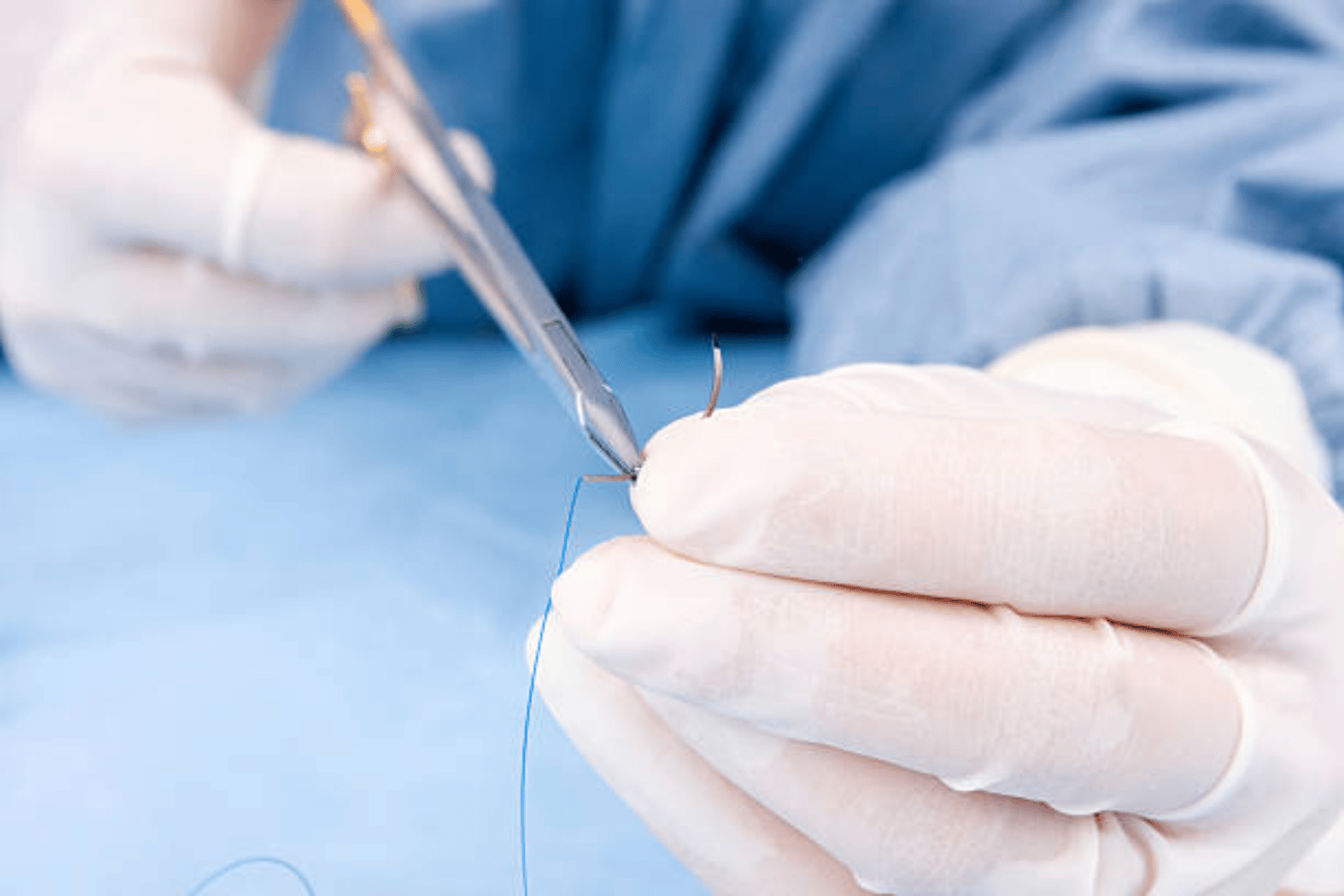If you’ve undergone Suture Removal at Home in Dubai(إزالة الغرز في المنزل في دبي), one of your biggest concerns may be scarring. Even with a clean removal, scars can develop depending on how the wound heals, your skin type, and how well you care for the area afterward. Understanding what’s expected and what signals a problem can help you manage the outcome more confidently.
Normal Healing vs. Abnormal Scarring:
It’s completely normal for the wound site to appear pink or red after stitch removal. As the tissue rebuilds, the skin might feel tighter or appear slightly raised. Over weeks and months, this typically fades into a thin, flat line. However, if the scar becomes thick, raised, or darkens significantly, it could indicate abnormal healing such as keloids or hypertrophic scars.
Factors That Influence Scarring:
Several factors can impact whether your skin heals with minimal or pronounced scarring. These include the wound’s depth, the placement of stitches, your age, skin tone, and genetics. Poor hygiene, infection, or early stitch removal can also worsen the appearance of scars. In contrast, proper aftercare helps the skin recover smoothly with minimal marks.
When Redness Is Normal—and When It’s Not:
Mild redness that slowly fades is part of the body’s natural healing. This can last for a few weeks after suture removal. But if redness intensifies, spreads, or is accompanied by swelling or pain, it might be a sign of infection or delayed healing. Any persistent inflammation warrants a consultation with a healthcare professional.
How Skin Type Affects Scarring:
People with darker or more sensitive skin types may be more prone to hyperpigmentation or keloid formation after stitches are removed. Similarly, those with very fair skin might see more visible lines. Knowing your skin type helps in choosing the right topical products and preventive measures after suture removal to minimize long-term marks.
Tips to Reduce the Risk of Scars:
Once the stitches are out, applying a gentle moisturizer daily can improve skin elasticity and hydration. Silicone gel sheets or scar creams rich in Vitamin E or onion extract have been shown to reduce visible scarring. Avoid exposing the area to sun without protection, as UV rays can darken healing skin and make scars more noticeable.
Signs Your Scar Needs Medical Attention:
Not all scars are harmless. If the area becomes increasingly itchy, raised, or firm months after removal, it could be a keloid. Thickened red scars that expand beyond the original wound are also a concern. These should be evaluated by a dermatologist or plastic surgeon for further treatment options, such as laser therapy or steroid injections.
Long-Term Scar Management Strategies:
Even after the wound heals on the surface, collagen remodeling continues for months. During this time, continuing with scar-reducing treatments can greatly influence the final appearance. Massage, pressure therapy, and clinical products can help soften and flatten scars. In some cases, professional treatments may be recommended to optimize cosmetic outcomes.
Final Thoughts:
For those opting for Suture Removal at Home (إزالة الغرز في المنزل), being aware of what normal scarring looks like versus what’s abnormal is essential for proper aftercare. While some level of scarring is expected, careful skin management and prompt attention to changes can significantly reduce long-term visibility. Stay consistent with your aftercare, and don’t hesitate to seek medical advice when needed.

